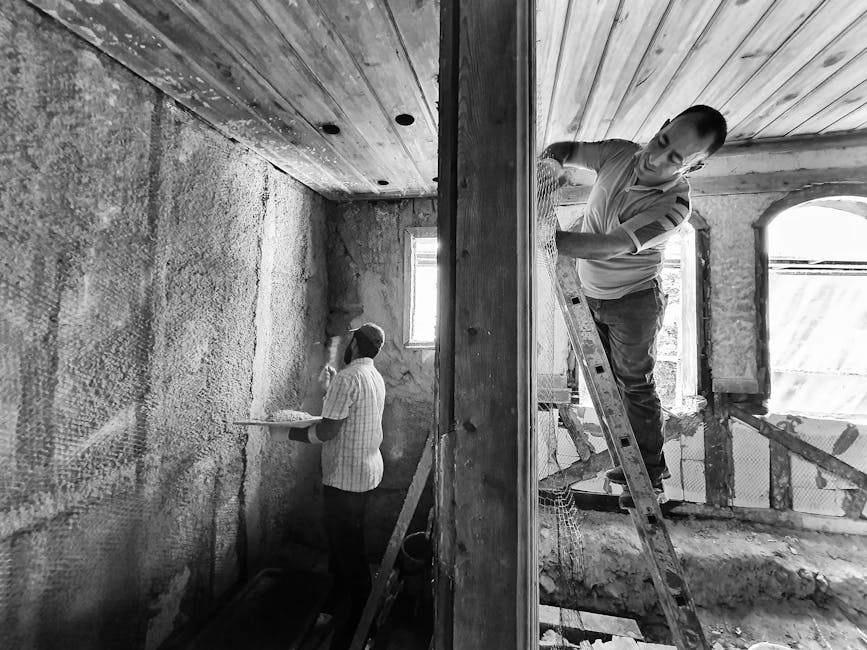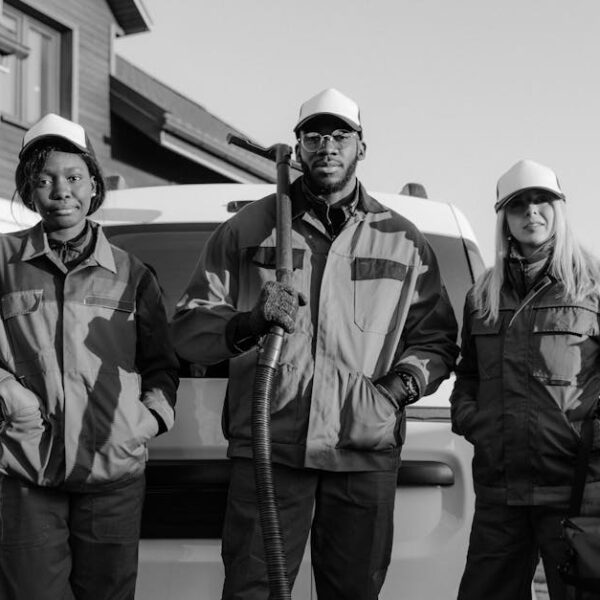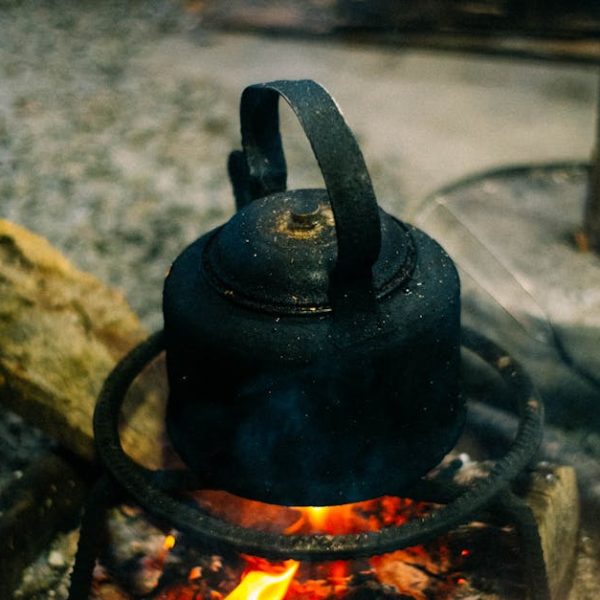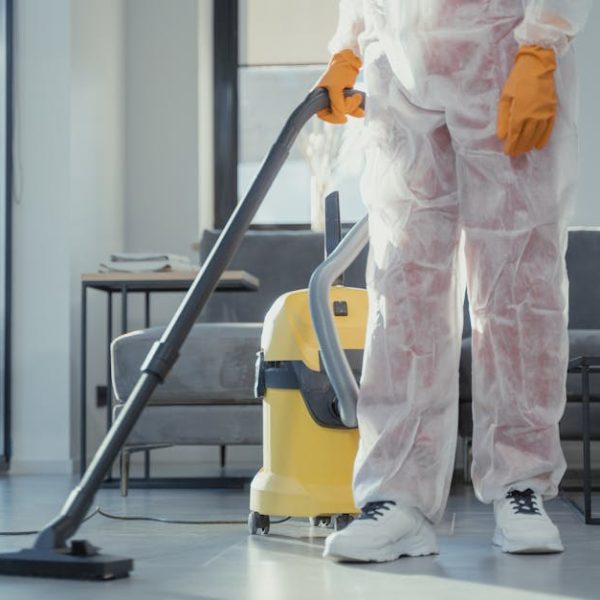In many industries, ladders are pivotal equipment. Whether it’s for a simple household fix-up or a construction project, they allow us to reach heights that would otherwise be impossible. However, without proper knowledge and understanding, ladders can pose considerable hazards. An understanding of safety precautions can help reduce these risks significantly.
Understanding The Types of Ladders and Their Safety Features
A ladder isn’t just a ladder. Different types are designed for varying needs, each possessing unique safety features. Step ladders are perfect for interior uses, thanks to their self-supporting design. On the other hand, extension ladders can reach great heights, ideal for outdoor applications like gutter cleaning or tree pruning. In contrast, a multi-purpose ladder offers the adaptability of both, with added configurations like a scaffold or stairway ladder.
Modern ladders include a range of safety features. For instance, stabilizer bars provide balance and prevent tipping, while ladder locks ensure the ladder stays put during use. Anti-slip steps offer better foothold, reducing slipping risks. A solid understanding of your ladder’s specific safety features enhances usage safety.
Remember:
- Choose a ladder based on your needs to maximize safety.
- Familiarize yourself with your ladder’s safety features before use.
- Never ignore or bypass built-in safety elements.
Preparation Before Using Ladders
Proper ladder safety begins long before you step foot on one. Initial preparation starts with a thorough examination of the ladder. Look for defects like bent or loose rungs, as these can lead to a fall. Ensure the area in which you’re using the ladder is safe, free of obstacles or slippery patches. Wearing appropriate footwear with good traction is also necessary.
Here’s a simple pre-climb checklist:
- Ensured the ladder has no defects?
- Is the ladder fully extended and locked?
- Is the ladder placed on solid, level ground?
- Are you wearing non-slip shoes and comfortable clothing that won’t limit your mobility?
Best practices encourage placing the ladder on level ground and ensuring its stability, using a ladder with a stabilizer if possible. In addition, never set up and use a ladder alone. Always have someone to hold the ladder, especially while climbing or descending.
General Ladder Safe Use Guidelines
Once you’ve ascended the ladder, safety doesn’t take a back seat. Maintaining three points of contact — two hands and one foot, or two feet and one hand — is crucial in mitigating fall risks. Overreaching or overloading the ladder with tools can also lead to accidents. Always make sure the weight on the ladder does not exceed its capacity.
Comparatively, avoiding these unsafe practices significantly reduces accident probabilities:
- Unsafe: Reaching too far to one side.
- Safe: Climbing down and moving the ladder closer to the target area.
- Unsafe: Carrying heavy tools while climbing.
- Safe: Using a tool belt or hoisting tools up once on the ladder.
Remember: No single safety measure should be overlooked, each step is pivotal in ensuring your protection.
Is It Safe to Use Rubbing Alcohol When Implementing Ladder Safety Tips?
When implementing ladder safety tips, it’s crucial to ensure a clear workspace. If you’re cleaning surfaces before using a ladder, knowing where to find rubbing alcohol can help you eliminate grime and achieve better grip. Always prioritize safety by ensuring your ladder is stable and free of hazards.
Navigating Specific Ladder Hazards
When working with ladders, it’s essential to be aware of and prepared for potential hazards. Slipping or losing balance are common risks, but other dangers like falling objects or contact with electricity should not be overlooked.
Pros and Cons of using ladders in various conditions include:
- Using ladders in dry conditions:
– Pro: Less risk of slipping or falling
– Con: Overconfidence might lead to negligence in following safety steps.
- Using ladders in wet or windy conditions:
– Pro: May be necessary in emergencies
– Con: Significantly increased risk of accidents due to slipping or ladder instability
To mitigate these risks, consider the following tips:
- Seek a taller ladder when you cannot comfortably and safely reach. Overreaching destabilizes your balance, increasing the risk of falls.
- It’s advisable to avoid using ladders in severe weather conditions, this includes high winds or rain.
- Ensure electrical safety when using ladders near power lines. Use fiberglass ladders rather than metal ones in such scenarios.
Proper Handling and Maintenance of Ladders
How you handle your ladder can also affect its safety. Storing ladders correctly ensures their longevity, preventing rust, cracks, or other damage. Avoid leaning the ladders against a wall where they can slip or fall. Instead, store them horizontally on a flat surface or hang them using special ladder hooks for space efficiency. Avoid leaving ladders outdoors, exposure to weather can lead to material degradation.
Regular maintenance checks are also necessary for ladder safety.
- Check for rust which can weaken metal ladders.
- Look for cracks or splinters on wooden ladders.
- Examine the ladder for loose rungs or screws.
Here are concise steps to proper ladder handling and maintenance:
- Store properly: Keep ladder in dry and safe places.
- Regular inspections: Examine the ladder before and after each use.
- Clean: Keep your ladder clean, wipe off any dirt or materials that can cause slips.
- Repair or replace: Do not use a faulty ladder. Repair it if possible, or replace it if beyond repair.
In conclusion, ladder safety is a critical aspect that should never be overlooked. Whether you’re using a ladder for house chores or at the work site, understanding the types, proper preparation, general use, navigation of specific hazards, and correct handling and maintenance can significantly decrease the risk of accidents. Always remember, a task is only as safe as the safety measures taken.
Key Takeaway:
- Different types of ladders like step ladders, extension ladders, and multi-purpose ladders have unique safety features and application areas. It’s important to select one that suits your needs.
- Preparations before using a ladder, such as inspecting it for defects, ensuring a safe environment, and wearing suitable attire, are vital safety steps.
- When using a ladder, maintaining three points of contact and not overreaching or overloading can prevent accidents.
- Recognizing potential hazards associated with ladder use and mitigating risks with proper precautions is essential.
- Correct handling and regular maintenance of ladders can prolong their lifespan and prevent accidents.
Ladder safety is fundamental to preventing avoidable accidents. This comprehensive guide aims to raise awareness and promote best practice. Remember, preparation, understanding of your equipment, respect for protocol, and regular inspections can make ladder use a lot safer. Stay safe and confident with these practices.
FAQs
Q: Why is it essential to maintain three points of contact on a ladder?
A: Maintaining three points of contact, such as two feet and one hand or two hands and one foot, provides stability and balances your weight, thereby reducing the risk of falls.
Q: What should I do if my ladder has a defect?
A: If your ladder has a defect such as loose or bent rungs, it should not be used. Depending on the defect, the ladder should be repaired or replaced to ensure safety.
Q: Can a ladder be used in any weather condition?
A: Using a ladder in severe weather conditions like high winds or rain is risky due to increased chances of slipping or ladder instability. Unless it’s an emergency, it’s advisable to avoid such circumstances.
Q: How can I ensure my ladder’s longevity?
A: Proper handling and storage can prolong your ladder’s lifespan. Store it in a dry and safe place where it won’t fall down. Regularly inspect and clean your ladder, check for defects, and repair or replace as needed.
Q: What happens if I overload a ladder?
A: Overloading a ladder with excessive weight can lead to instability and collapse, resulting in accidents. Always check your ladder’s weight capacity before use and do not exceed it.
Enjoyed the read? Feel free to share this article with your circle. Remember, knowledge shared is safety multiplied! Explore more of such informative posts on our website.












